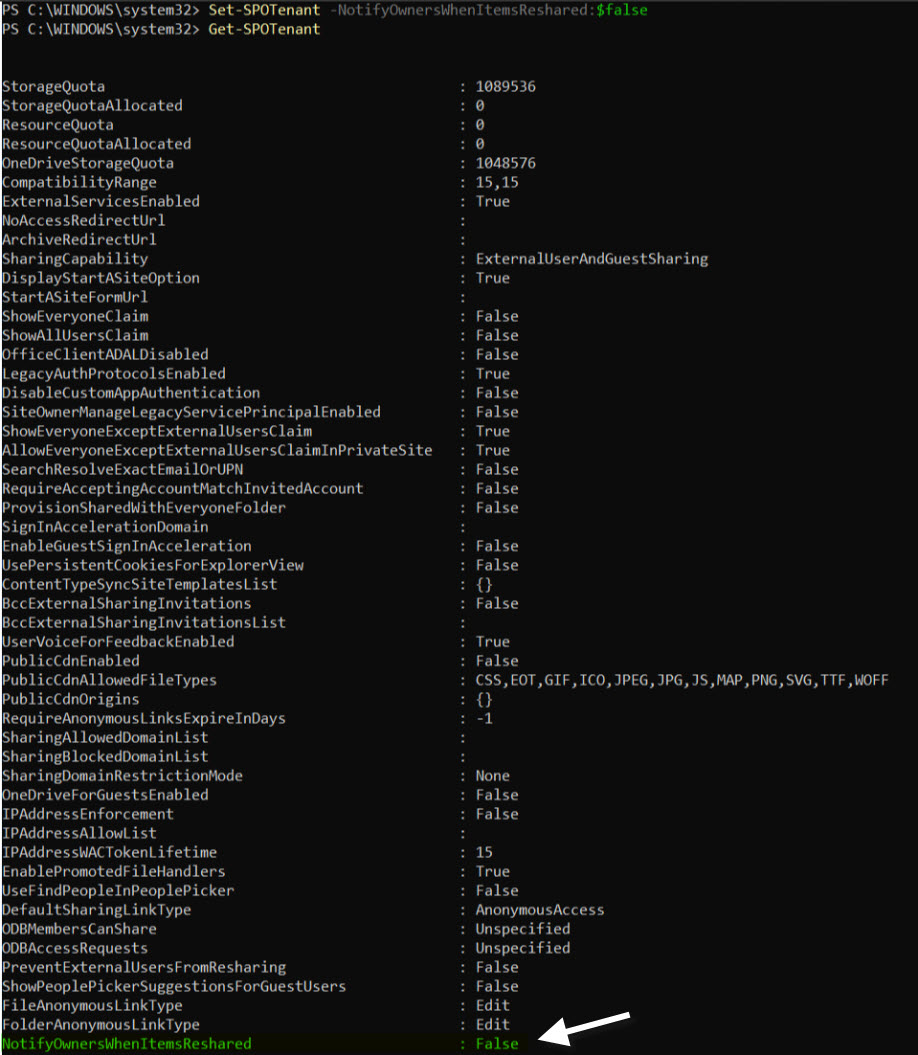Microsoft 365 to Microsoft 365 (OneDrive/SharePoint)
When migrating files between Microsoft 365 tenants, Transend uses a combinationof proprietary tooling and field-tested methodology to deliver maximum datafidelity. It is important to understand the various considerations whenmigrating data between OneDrive/SharePoint environments.
Default behavior
User Drives
When migrating files from OneDrive to OneDrive, the Copy operation onlymigrates files that meet specific conditions:
- The file lives in a user’s source OneDrive
The following includes conditions when files are not migrated:
- Files that are in the “Shared” folder
- Files that contain corruption or content that Microsoft or Google defines assensitive material and will not accept during migration
- Files or folders that contain sharing restrictions or permissions precludingmigration access
Permissions
Transend’s file migration software preserves file and folder sharing permissionsin most cases.
The following considerations are important to understand when migrating OneDrive& SharePoint files between Microsoft 365 tenants:
-
For permissions to migrate, a given source address must either map to a validobject in the target tenant or have a domain part that is external to thetarget tenant.
-
Source link permissions are not supported.
-
External users are added to a folder or file’s ACL with a link permission, butthe link needs to be mailed to the external user manually.
-
The Can’t download permission is not supported. This property only existswhen granting permissions on a SharePoint folder.
-
Only Unified (Modern) groups can be added to a file’s ACL in Microsoft 365.Attempting to add other types of groups results in an error.
Notifications
By default, Microsoft 365 sends email notifications to users when files they ownin OneDrive are shared with external users. If permissions are maintained whenmigrating files to OneDrive, this can cause a notification storm being sent tothe OneDrive owner during migration.
We recommend disabling this behavior in the target tenant before migratingdata to prevent the notification storm. The notification storm behavior iscontrolled by the target tenant’s NotifyOwnersWhenItemsReshared property. Thisdefaults to “True” but can be disabled by running the following PowerShellcommand:
Connect-SPOService Set-SPOTenant -NotifyOwnersWhenItemsReshared:$false
Once disabled, OneDrive file owners no longer receive email notifications whenfiles are shared with external users.
To verify you have successfully disabled notifications in the target tenant, runthe following command to display tenant settings:
Get-SPOTenant
Confirm that NotifyOwnersWhenItemsReshared (displayed at the bottom of thebelow image) is set to “False”:

SeeMicrosoft’s documentation{target=”_blank”} for more details.
Ownership
Ownership of data in OneDrive is defined by the user who owns the drive. This isan inherited property that cannot be changed. Drives are migrated between pairsof source and target users, and this generally leads to the expected ownershipstructure after the migration.
Ownership of data in SharePoint is defined by the membership of the site’sOwners group. Ownership is defined during theprovisioning process, whencreating the target sites.
Advanced details
The following documentation provides granular details related to preserving fileand folder sharing permissions during migration. This documentation includesscenario specific examples that define expected behavior for select common andedge cases.
- Advanced details{target=”_blank”}